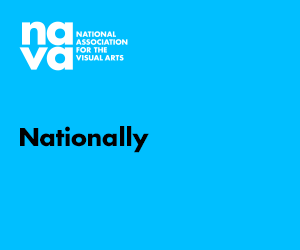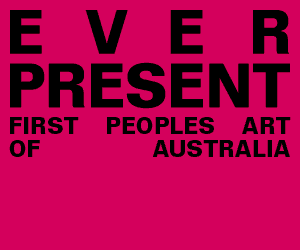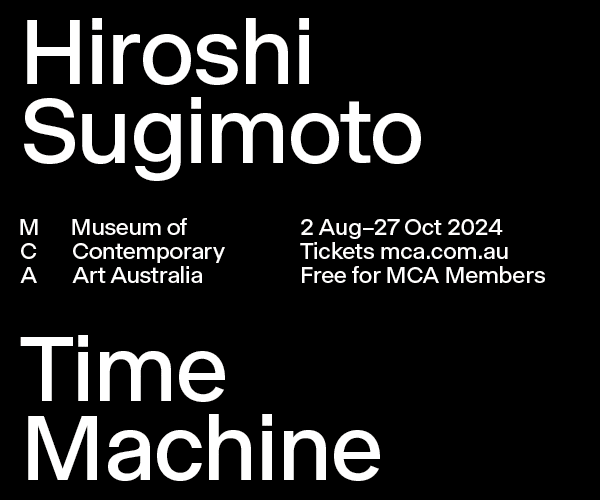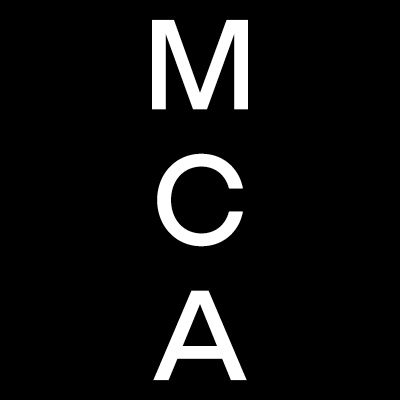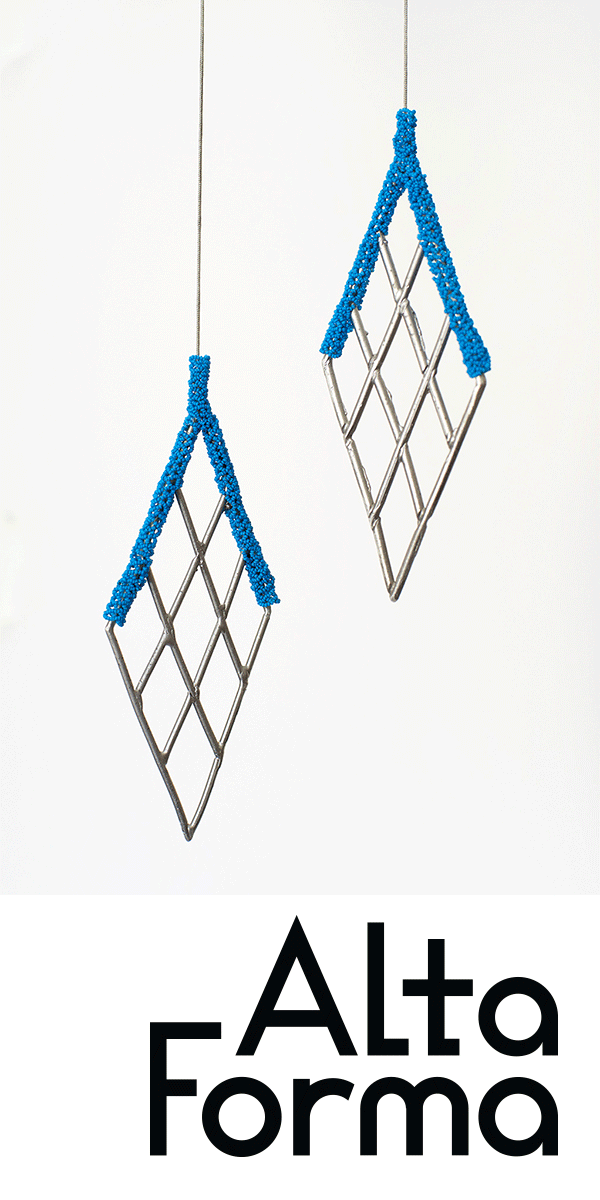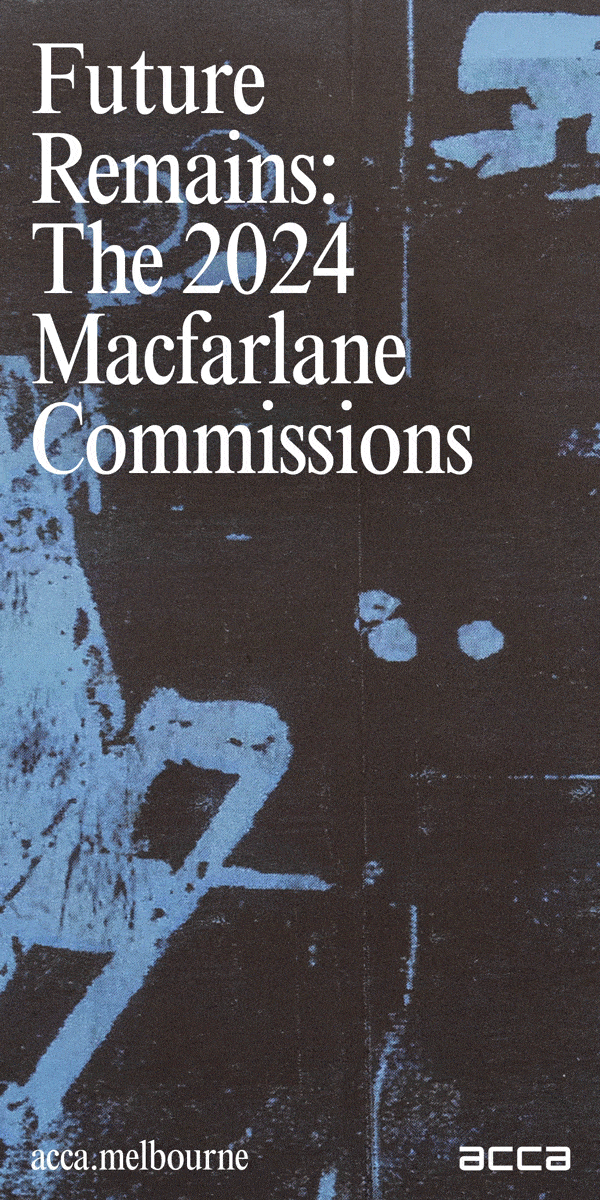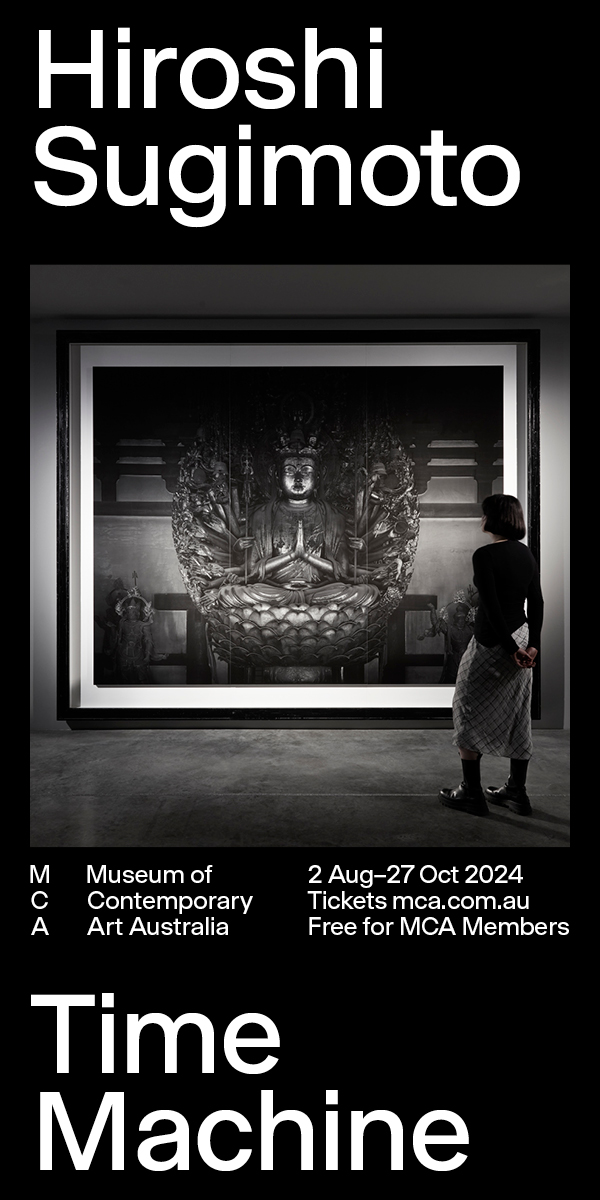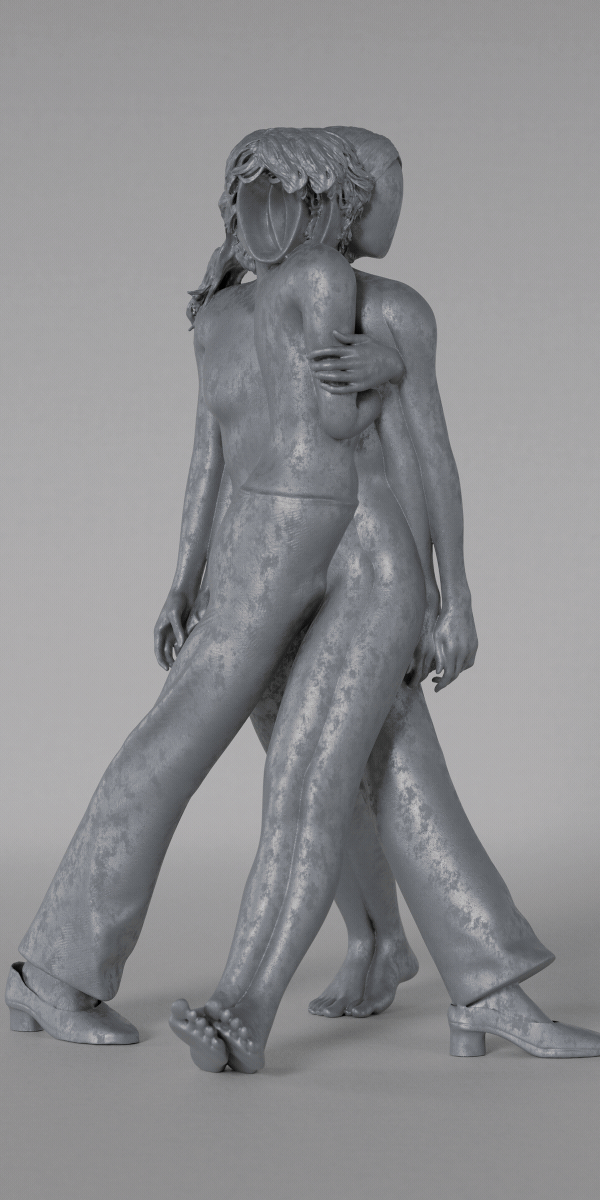Forecast: Katie West
Artist Katie West’s practice is one of deep contemplation, inviting and encouraging us to listen to the land and to the Indigenous knowledge systems that have sustained it for thousands of years.

Image credit: Installation view Katie West, Clearing in Cry of the Land, 2021, Heide Museum of Modern Art, Melbourne. Photo: Christian Capurro. Courtesy the Heide Museum and Dominik Mersch Gallery
Materiality, process, documentation and the multisensory come together in the practice of Yindjibarndi Western Australian artist Katie West. Traversing layers of interconnectedness, West fosters her own intuitive relationships with the world around her, as well as creating moments of active reflection. Her practice often results in works that are deeply engaging, almost collaborative, inviting viewers to contemplate and encounter their own porousness with the world around them.
West’s practice is deeply tied to exploring ethical artmaking and maintaining tenderness towards environments. Works such as Clearing (2019) – which has been shown several times, most recently as Heide Museum of Modern Art in Cry of the Land (2021) and as a solo exhibition when it was commissioned by TarraWarra Museum of Art – point to the cohesiveness between West’s method and outcomes. The artist often forages her own botanicals for dyeing, collecting in a sustainable manner by observing the environment and existing with it, before taking away – as a result, the process of tuning in within works such as Clearing is palpable.
Clearing is a multi-sensory installation that ties together the artist’s natural dyeing practice, poetry and participatory art. In this installation a long silk drape, naturally dyed with eucalyptus and wattles collected from the area around Maroondah Dam, cascades down from the ceiling to conjure a delicate and intimate atmosphere. Within this space visitors are invited to sit upon cushions that range from silk dyed with eucalyptus leaves and bark; muslin dyed with puffball fungus; and calico dyed with eucalyptus leaves, bark and puffball fungus – all filled with wool and cotton wadding. Together ...Subscribe to read this article in full




